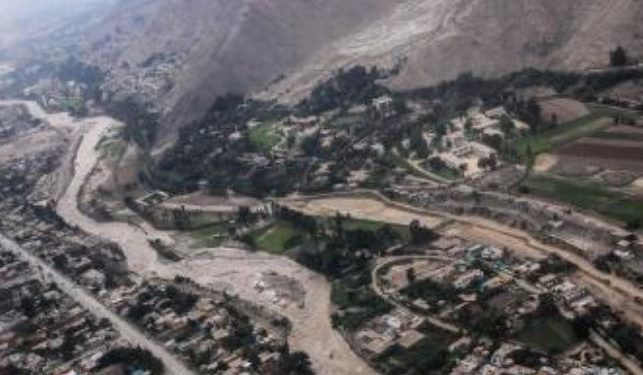Geneva: The likelihood of El Nino developing later this year is increasing, the World Meteorological Organization (WMO) said.
This would have the opposite impacts on weather and climate patterns in many regions of the world to the long-running La Nina and would likely raise global temperatures, according to the WMO’s El Nino /La Nina Update, which is based on input from WMO Global Producing Centres of Long-Range Forecasts and expert assessment.
The unusually stubborn La Nina has now ended after a three-year run and the tropical Pacific is currently in an ENSO-neutral state (neither El Nino nor La Nina), reports Xinhua news agency.
There is a 60 per cent chance for a transition from ENSO-neutral to El Nino during May-July 2023, and this will increase to about 70 per cent in June-August and 80 per cent between July and September, according to the WMO update.
“We just had the eighth warmest year on record, even though we had a cooling La Nina for the past three years and this acted as a temporary brake on global temperature increase,” WMO Secretary General Petteri Taalas said.
“The development of an El Nino will most likely lead to a new spike in global heating and increase the chance of breaking temperature records,” Taalas added.
According to the WMO’s State of the Global Climate reports, 2016 was the warmest year on record because of a very powerful El Nino event and human-induced warming from greenhouse gases.
The effect on global temperatures usually plays out in the year after its development and so will likely be most apparent in 2024.
El Nino occurs every two to seven years on average, and the episodes usually last nine to 12 months.
IANS






































